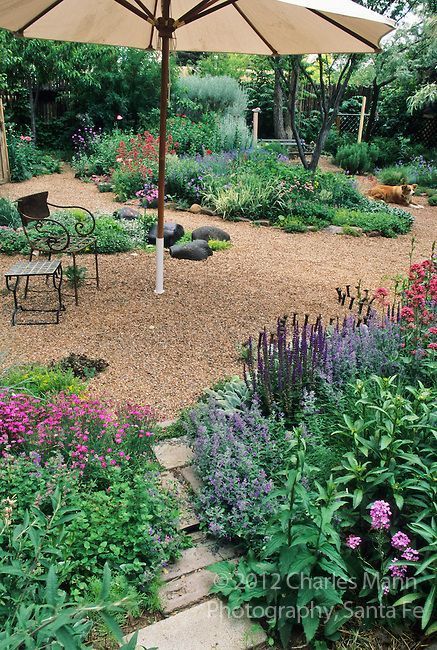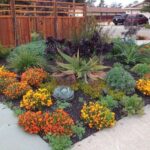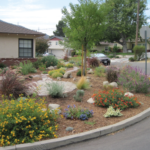With drought conditions becoming more common in many parts of the world, creating a sustainable oasis in your backyard is not only a responsible choice but also a practical one. By using drought-resistant landscaping techniques, you can still enjoy a lush and beautiful garden while conserving water and reducing your environmental impact. Here are some tips for creating a drought-resistant oasis in your own backyard:
1. Choose the right plants: When selecting plants for your garden, opt for species that are native to your region or are well-suited to the local climate. These plants are more likely to thrive in drought conditions and require less water to maintain. Look for plants that have low water requirements, deep roots, and other adaptations for surviving in arid environments.
2. Group plants based on water needs: To minimize water usage in your garden, group plants together based on their water needs. This will allow you to water each group separately, ensuring that water is only used where it is needed most. By grouping plants with similar water requirements together, you can avoid overwatering or underwatering and help your garden thrive with minimal effort.
3. Use mulch: Mulching is a great way to conserve moisture in the soil and reduce the need for frequent watering. Organic mulches like bark chips, straw, or compost can help retain moisture, regulate soil temperature, and suppress weeds. Mulch also adds nutrients to the soil as it breaks down, further benefiting your plants. Apply a layer of mulch around your plants to improve water retention and protect your garden from drought stress.
4. Implement efficient watering techniques: When watering your garden, it is important to do so efficiently to minimize water waste. Use a drip irrigation system or soaker hoses to deliver water directly to the roots of your plants, avoiding wetting leaves or evaporation. Water your garden in the early morning or late evening to reduce water loss due to evaporation, and adjust your watering schedule based on weather conditions and plant needs.
5. Consider xeriscaping: Xeriscaping is a landscaping approach that focuses on creating a water-efficient and drought-tolerant garden. By using principles like selecting low-water plants, improving soil quality, and reducing turf areas, you can create a beautiful and sustainable outdoor space that thrives in dry conditions. Xeriscaping also often incorporates features like rain gardens, rain barrels, and permeable paving to further reduce water usage and promote sustainability.
Creating a sustainable oasis in your backyard doesn’t have to be a daunting task. By following these tips for drought-resistant landscaping, you can create a beautiful and environmentally friendly garden that thrives even in dry conditions. With a little planning and attention to water conservation, you can enjoy a lush and sustainable outdoor space that benefits both you and the planet.




















